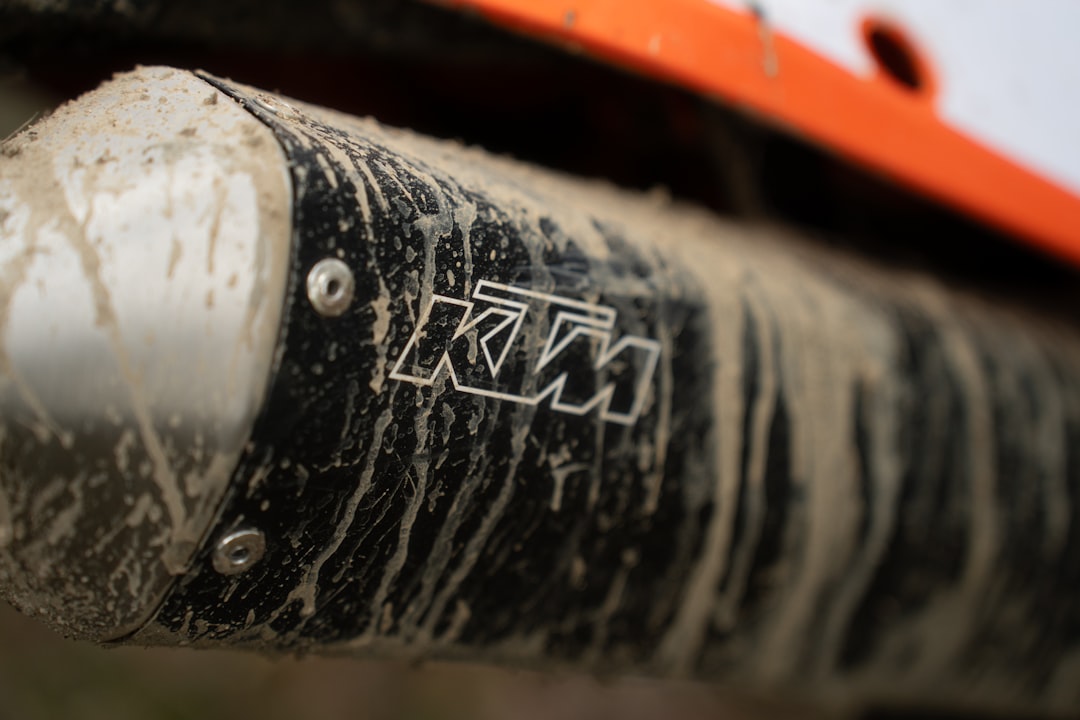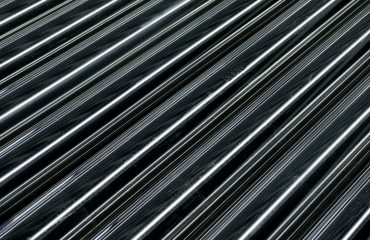EN 10217 is a crucial European standard defining the technical delivery conditions for seamless steel pipes. Understanding this standard is paramount for anyone working with steel pipes in various industries, from energy and construction to chemical processing and mechanical engineering. This comprehensive guide will delve into the intricacies of EN 10217, providing a clear overview of its various aspects.
Understanding EN 10217 Grades and Their Applications
EN 10217 categorizes seamless steel pipes into several grades, each designed for specific applications based on their mechanical properties and chemical composition. These grades are differentiated by letters and numbers, indicating their strength, ductility, and weldability. For instance:
- Grade 1: Typically used for general-purpose applications where high strength isn’t critical.
- Grade 2: Offers improved strength compared to Grade 1, suitable for applications requiring higher pressure resistance.
- Grade 3: Provides enhanced strength and toughness, often used in demanding environments and high-pressure systems.
- High-pressure Grades (e.g., Grade 5): Designed for extremely high-pressure applications, such as oil and gas pipelines.
- Low-temperature Grades: Possessing excellent impact resistance at sub-zero temperatures, ideal for cryogenic applications.
The specific application dictates the appropriate grade selection. Careful consideration of factors like operating pressure, temperature, and corrosive environment is crucial for ensuring the longevity and safety of the piping system.
Manufacturing Processes of EN 10217 Seamless Steel Pipes
EN 10217 seamless pipes are produced through a sophisticated process that ensures high quality and dimensional accuracy. The most common manufacturing method involves piercing a heated steel billet using a mandrel, followed by rolling and reducing the diameter to the desired size. This process creates a continuous, seamless tube without welds, offering superior strength and pressure resistance compared to welded pipes.
Further processing steps include heat treatment to achieve the required mechanical properties and surface finishing to enhance corrosion resistance. Quality control measures are implemented at each stage of the manufacturing process to ensure compliance with the EN 10217 standard.
Key Technical Specifications and Dimensions
EN 10217 provides detailed specifications regarding the dimensions, tolerances, and testing procedures for seamless steel pipes. These specifications cover aspects like:
- Outer diameter (OD): Ranges from small-diameter pipes to large-diameter pipes, depending on the application.
- Wall thickness (WT): Determines the pipe’s pressure rating and structural integrity.
- Length: Pipes can be supplied in various lengths, including random lengths, single random lengths, and fixed lengths.
- Tolerances: Specifies the allowable variations in OD and WT to ensure dimensional accuracy.
- Surface finish: Defines the acceptable surface quality, which can range from black (as-rolled) to pickled and oiled.
Understanding these specifications is essential for selecting the appropriate pipe for a specific project and ensuring proper installation.
Testing and Quality Control Procedures
Rigorous testing and quality control procedures are integral to ensuring the quality and reliability of EN 10217 seamless steel pipes. These procedures typically include:
- Chemical composition analysis: Verifies that the steel meets the specified chemical composition requirements for the chosen grade.
- Mechanical testing: Evaluates the tensile strength, yield strength, elongation, and impact resistance of the pipe material.
- Non-destructive testing (NDT): Techniques like ultrasonic testing (UT) and radiographic testing (RT) are employed to detect internal flaws or defects.
- Hydrostatic testing: The pipes are subjected to high internal pressure to verify their pressure resistance and integrity.
- Dimensional inspection: Ensures that the pipes meet the specified dimensional tolerances.
These rigorous tests guarantee that the pipes meet the stringent requirements of the EN 10217 standard and are suitable for their intended applications.
Distinguishing EN 10217 from Other Pipe Standards
While EN 10217 is a widely recognized standard for seamless steel pipes, it’s important to differentiate it from other standards, such as ASTM (American Society for Testing and Materials) standards. Although there might be overlaps in terms of material properties, the specific requirements and testing procedures can differ. Choosing the right standard depends on the geographical location, project specifications, and regulatory requirements.
Understanding the nuances between different standards is crucial for ensuring compliance and selecting the appropriate material for a given project. Consult relevant industry guidelines and regulations to make informed decisions.
This comprehensive overview of EN 10217 provides a solid foundation for understanding seamless steel pipes and their applications. Remember to always consult the full EN 10217 standard for detailed specifications and requirements relevant to your specific project.
Tags: EN 10217, seamless steel pipes, steel pipe standards, pressure pipe, pipe specifications, mechanical properties




